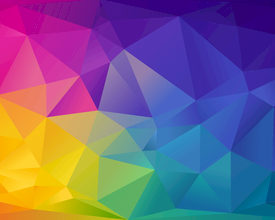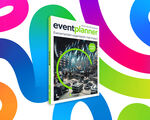Visual stimuli increase the intensity of the experience your event conveys. Colours play a crucial part in achieving this. Which colours do you use? How do those colours support the message your event has to convey? With these 5 tips you will give your event the colour it deserves.
The colour palette of your event is important to communication, decor, decoration, furniture, lighting, the clothing your staff wears, etc. How do you determine this colour palette? As soon as you know how much colours affect the ambiance and experience of your event, it is wise to thoroughly think this through.
1. Make sure you know the theory of colour
In order to gain a better understanding of colours, you have to start off with the basic principles. You have primary, secondary and tertiary colours. The primary colours or the basic colours are red, yellow and blue. Secondary colours are achieved by mixing the basic colours. Green, purple and orange are the result of these. Tertiary colours are formed by mixing a primary colour with a secondary colour. Aside from these colours, there are also shades. These are lighter or darker versions of a colour. These can be achieved by adding white or black to the colour.

2. Be aware of the different emotions colours can evoke
Studies have shown that colours have an influence on people's emotions and responses. It is good to keep that in mind when you are choosing a colour palette for your event. This table will help you on your way.
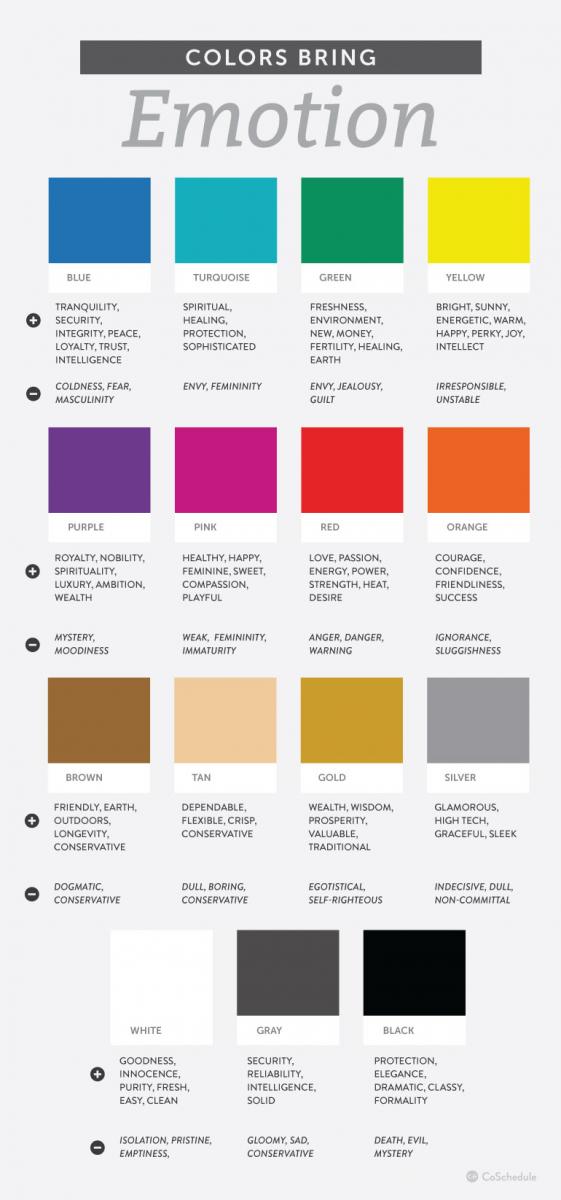
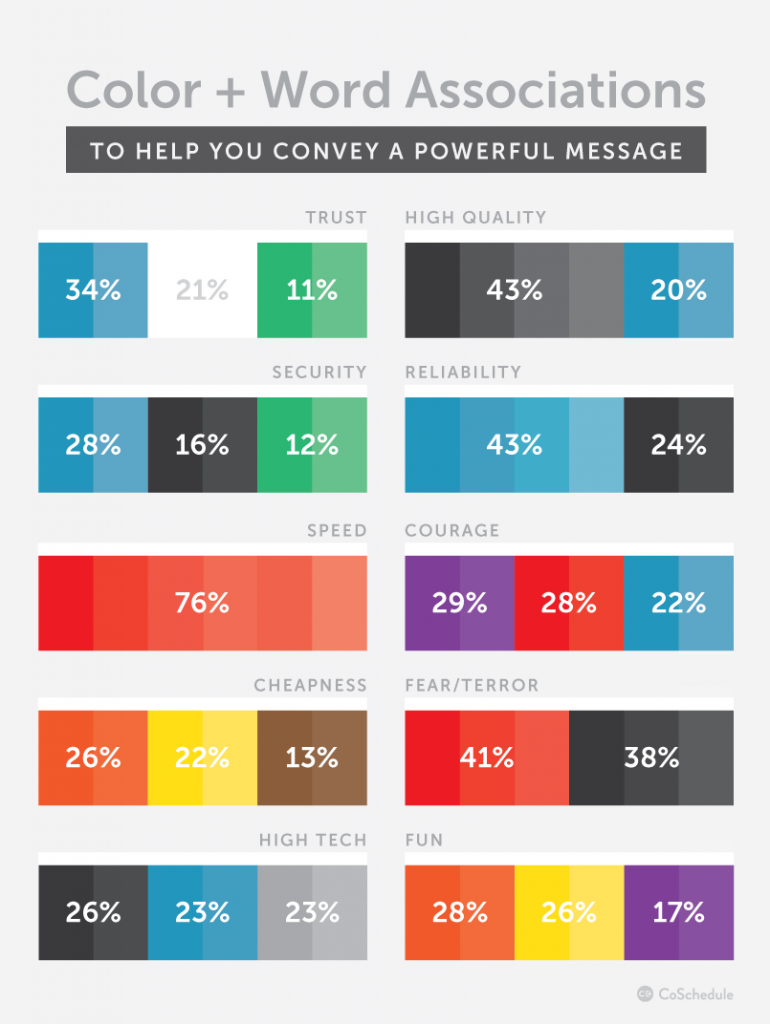
3. The context determines the colour
Colours look differently depending on the environment in which they are seen or depending on the combination with other colours. That is why it is definitely a good idea to go and look at the venue beforehand. The colours of the walls, drapes, carpets, the furniture, etc, affect the colour palette which you'll choose for your event.
4. Create a harmony
If you wish to achieve a harmonious environment which radiates calm and balance, then there are two options:
- Analogous colours: these are colours which are side by side in the colour palette. This will give you a soft palette without much contrast. If you want to add another two colours, then pick the two colours which are next to the two outer colours in your palette. In order to achieve a harmonious effect, you had best make sure that one of these five colours connects well with the main colour of the venue.
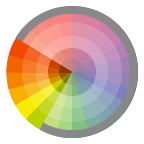
- Monochromatic colours: this is a palette using different shades of one certain colour. Here you can add touches of white and black to create a subtle contrast. With a monochromatic colour you create a very clean look.
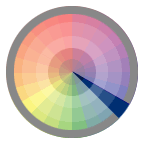
5. Or go for contrast all the way
Contrast is created in four possible ways:
- Triadic: these are three colours which are located in the colour palette at matching distances. The pitfall here is that these colours can make a really dominant impression. So be sparing in the colour volumes which you use. Try to choose one dominant colour and use the other colours only for smaller touches or choose more subtle shades of these colours. Also take the emotions these colours evoke into account.
- Complementary: such a palette is based on two opposite colours in the colour palette. This offers the biggest contrast. It is best to use one of the 2 colours as a dominant colour. This way you will achieve a powerful look
- Split complementary: this combination uses the two colours on both sides of a direct complementary colour. This gives a more balanced effect than the stark contrast of the purely complementary colours.
- Square and rectangular colour combinations: these cohesive colours are achieved by drawing a square or rectangle in the colour palette.
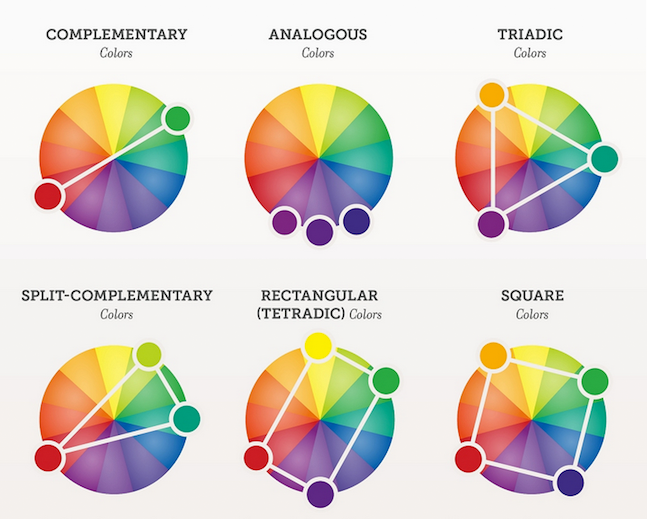
No matter which combination you choose, you should always take the emotions these colours evoke into account. And also think well about the emotions which suit the atmosphere of your event.
Source: images coschedule.com

